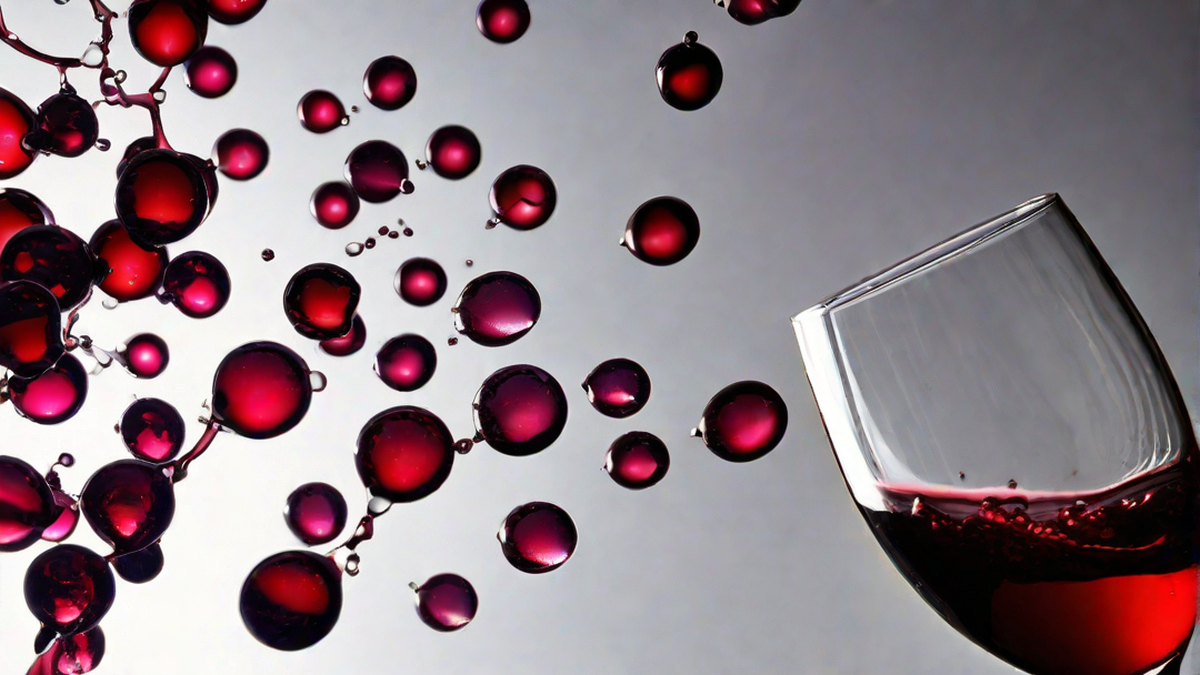The phenomenon of “legs” in wine is a captivating and frequently misconstrued occurrence. Being a passionate wine lover, I have long been fascinated by the enigmatic trails that emerge on the inner surface of a wine glass after swirling. The presence of these legs can offer valuable revelations about the excellence and features of a wine, making it a crucial element of wine appreciation.
What are Legs on Wine?
When you swirl a glass of wine, you’ll notice droplets forming and trickling down the inside walls of the glass. These droplets, commonly known as legs or tears, are caused by the alcohol and glycerol in the wine. Glycerol is a natural byproduct of the fermentation process and contributes to the wine’s texture and mouthfeel.
The presence of legs on wine is influenced by several factors, including the alcohol content, sugar content, and viscosity of the wine. Higher alcohol and sugar levels tend to produce more pronounced legs, while wines with lower alcohol and sugar content may have thinner and less defined legs.
It’s important to note that legs are not necessarily an indicator of the quality or taste of a wine. They are simply a visual cue that can provide clues about the wine’s composition and body.
What Do Legs Indicate?
While legs on wine may not directly correlate with the taste, they can reveal some interesting information about the wine.
Alcohol Content: Wines with higher alcohol content tend to have thicker and more pronounced legs. This is because alcohol evaporates at a slower rate than water, causing it to cling to the sides of the glass and form droplets.
Body and Viscosity: The presence of legs can also give an indication of the wine’s body and viscosity. Thicker, more viscous wines, such as full-bodied reds or sweet dessert wines, tend to have more prominent legs. This is because these wines have a higher concentration of glycerol, which contributes to their rich texture.
Sugar Content: In some cases, the presence of legs can hint at the wine’s residual sugar. Wines with higher sugar levels can create denser and more visible legs. However, it’s important to note that not all sweet wines will exhibit prominent legs, as other factors like alcohol content and viscosity also come into play.
Interpreting Legs on Wine
While legs on wine can provide insight into the wine’s composition, it’s essential not to rely solely on this visual characteristic when evaluating a wine. Tasting the wine and considering other factors such as aroma, flavor profile, and balance are crucial in forming a complete assessment.
It’s also worth mentioning that different wine varietals and styles may exhibit different leg formations. Lighter wines, like crisp white wines or delicate rosés, may have thinner and less defined legs. In contrast, full-bodied red wines or sweet dessert wines often display more prominent and lingering legs.
In Conclusion
Next time you pour a glass of wine, take a moment to observe the legs that form after swirling. While they may not hold all the answers about the wine’s taste and quality, they can offer fascinating insights into its composition and body. Remember to consider the broader context of the wine, including its aroma, flavor, and balance, to form a comprehensive appreciation.
So, the next time you enjoy a glass of wine, take a moment to appreciate the mesmerizing legs and the story they tell about the wine in your glass.




